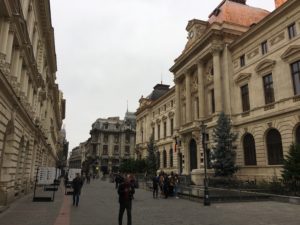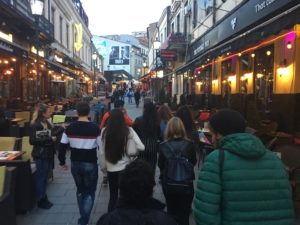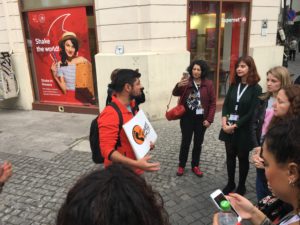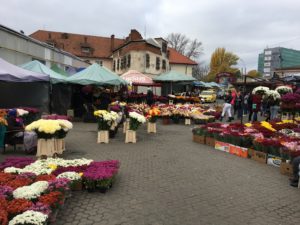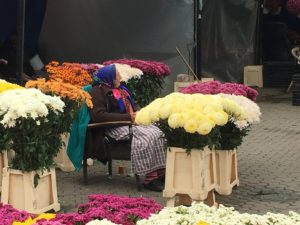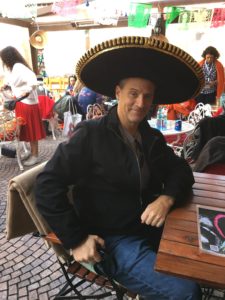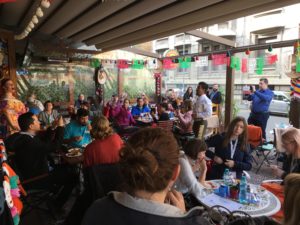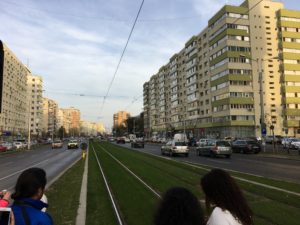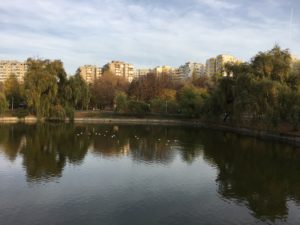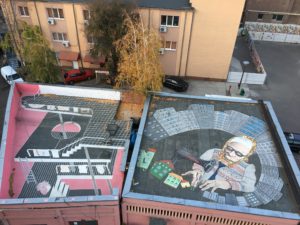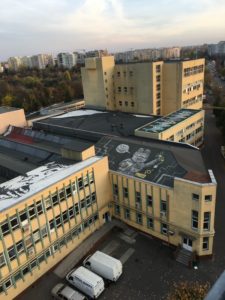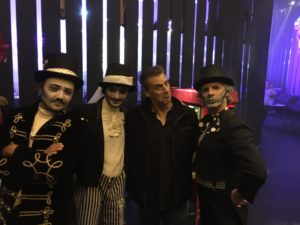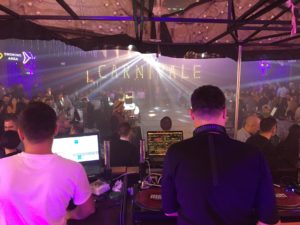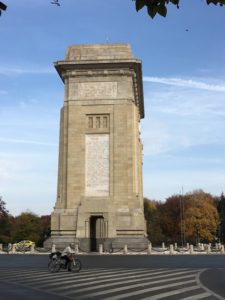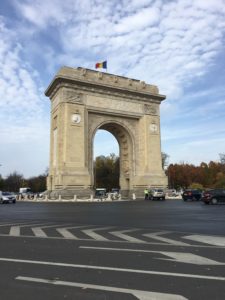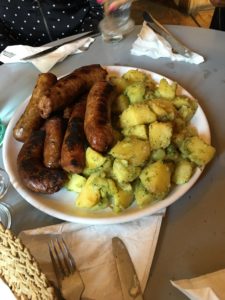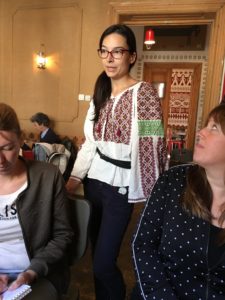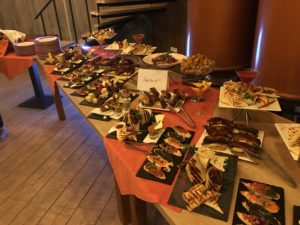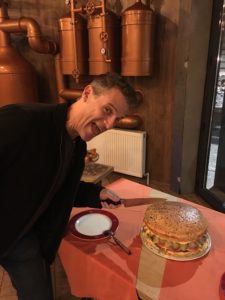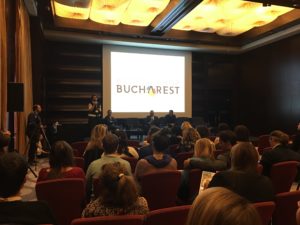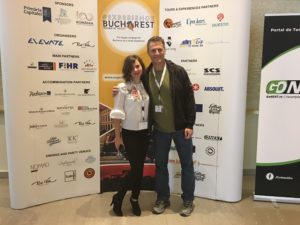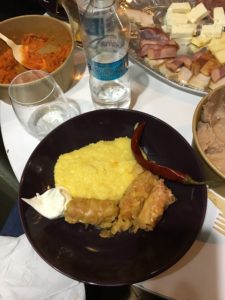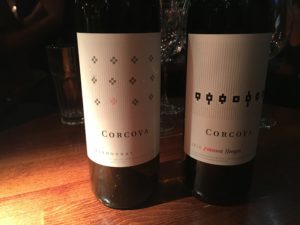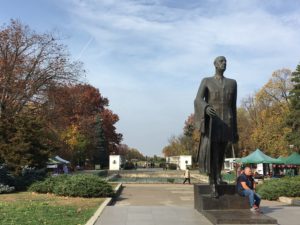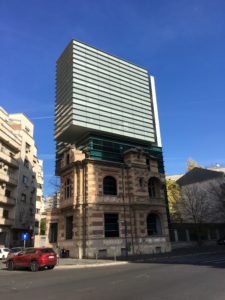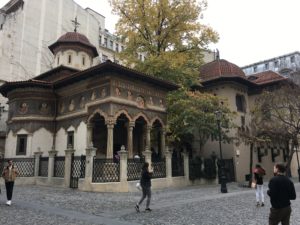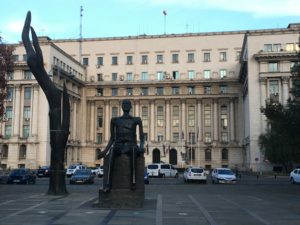Travel Tales Podcast
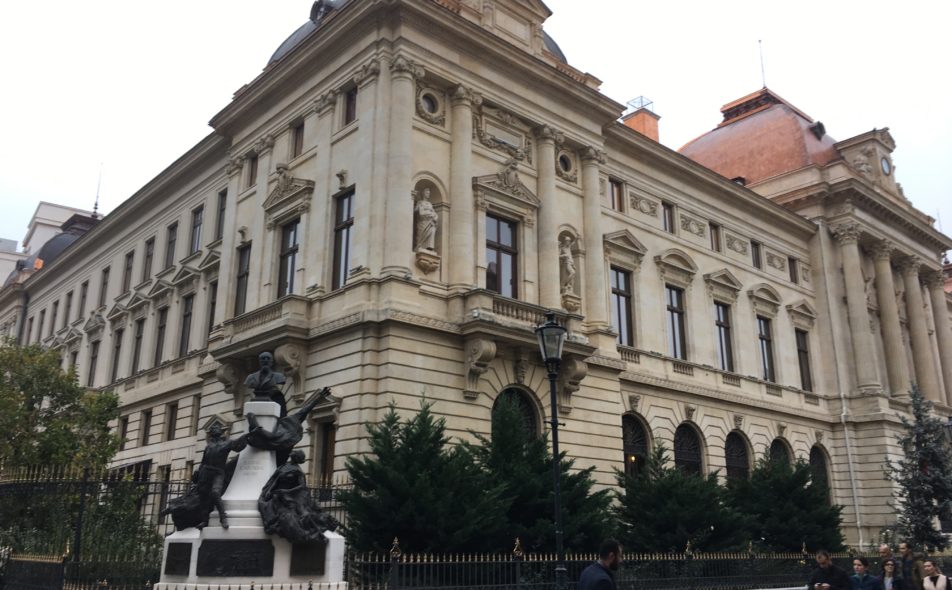
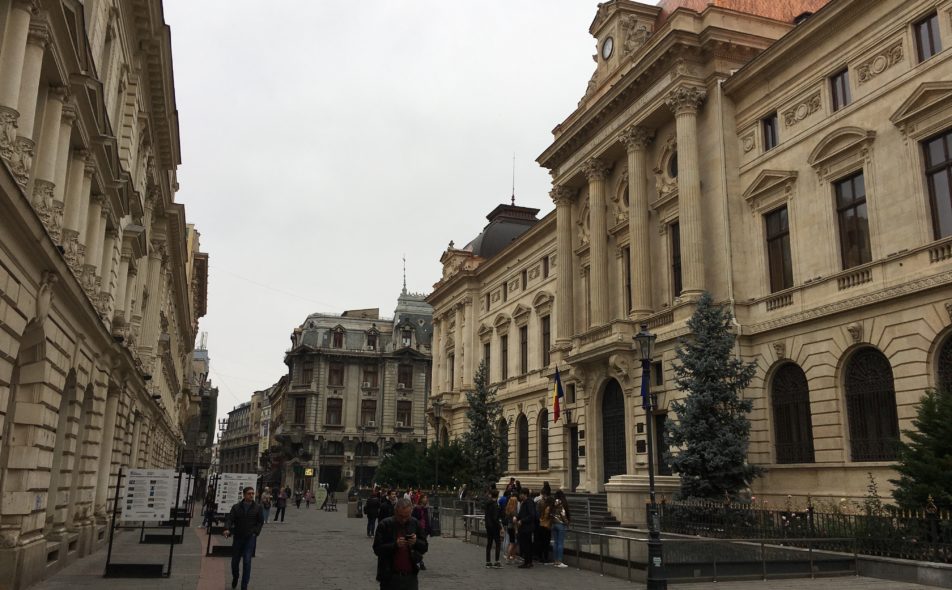
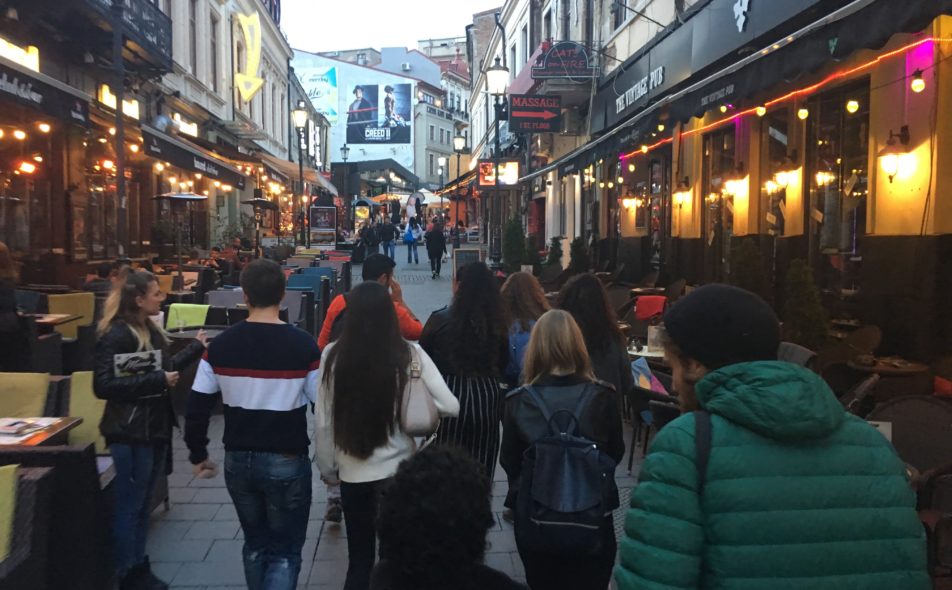
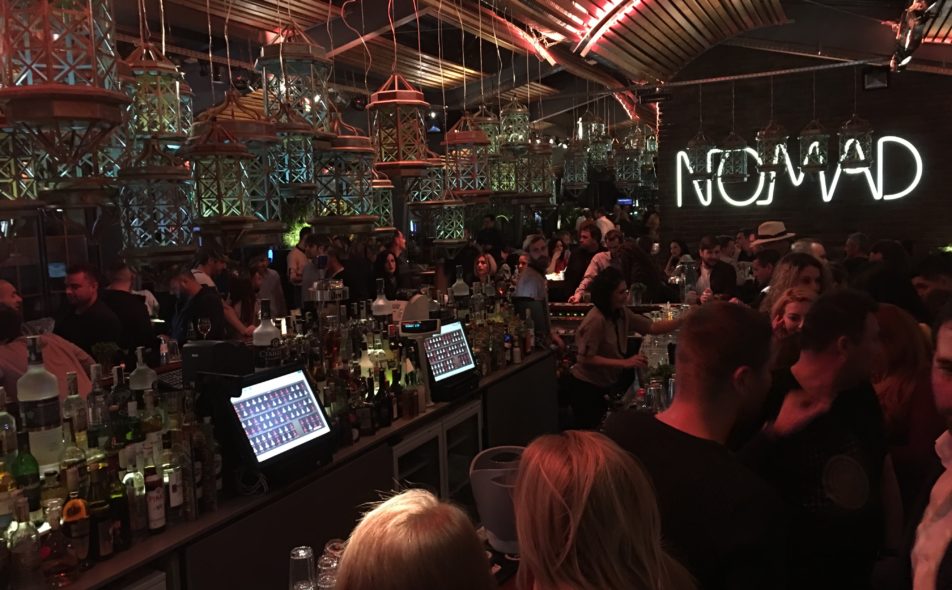
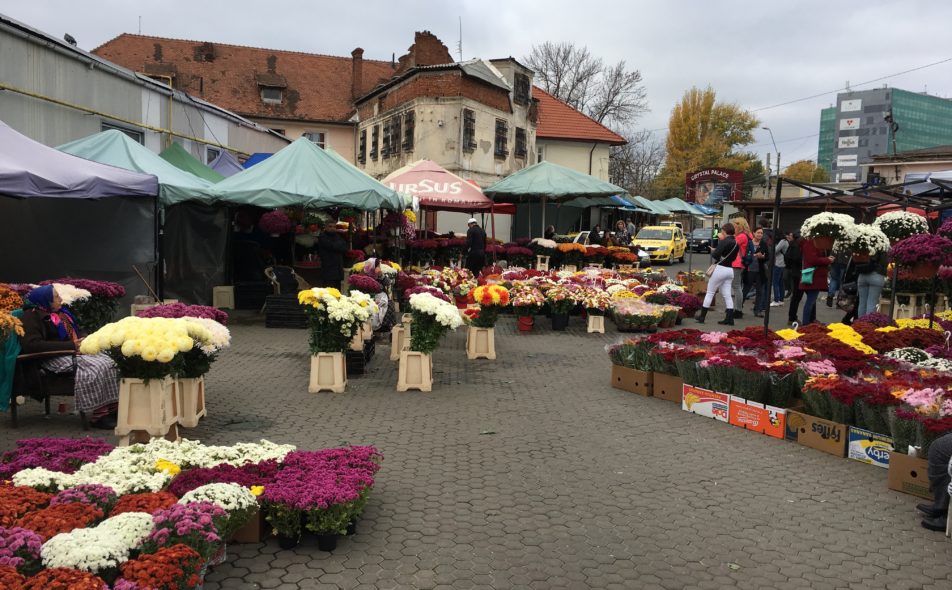
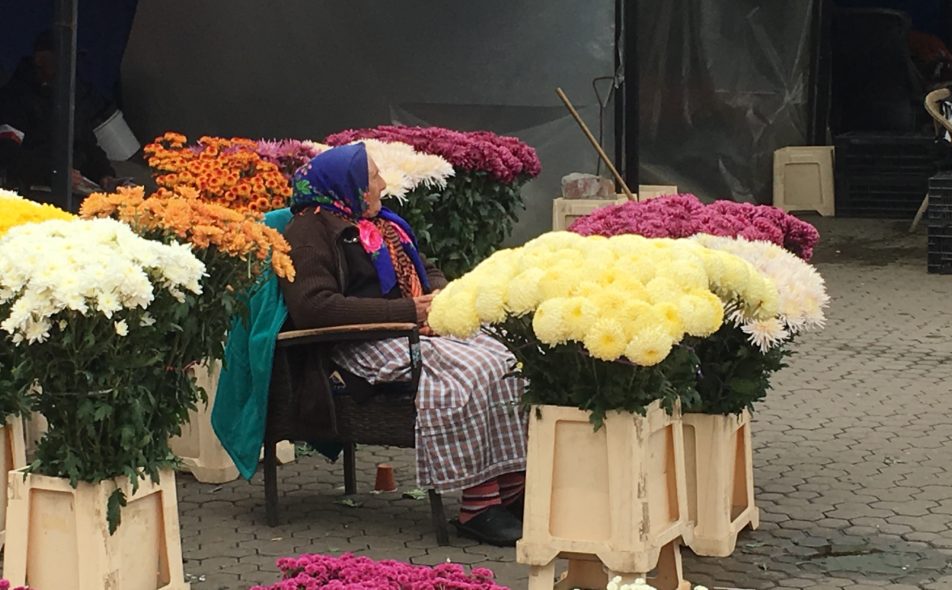
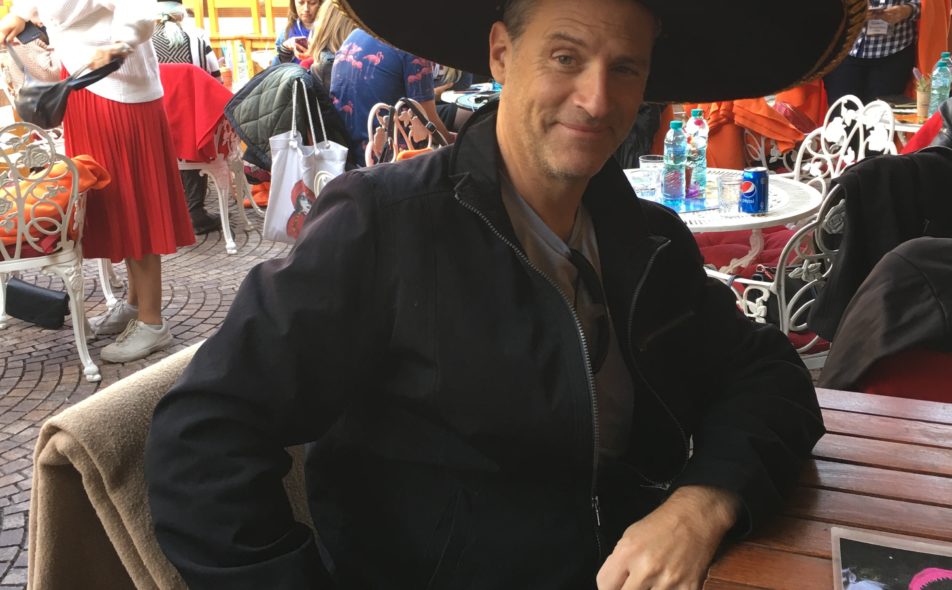
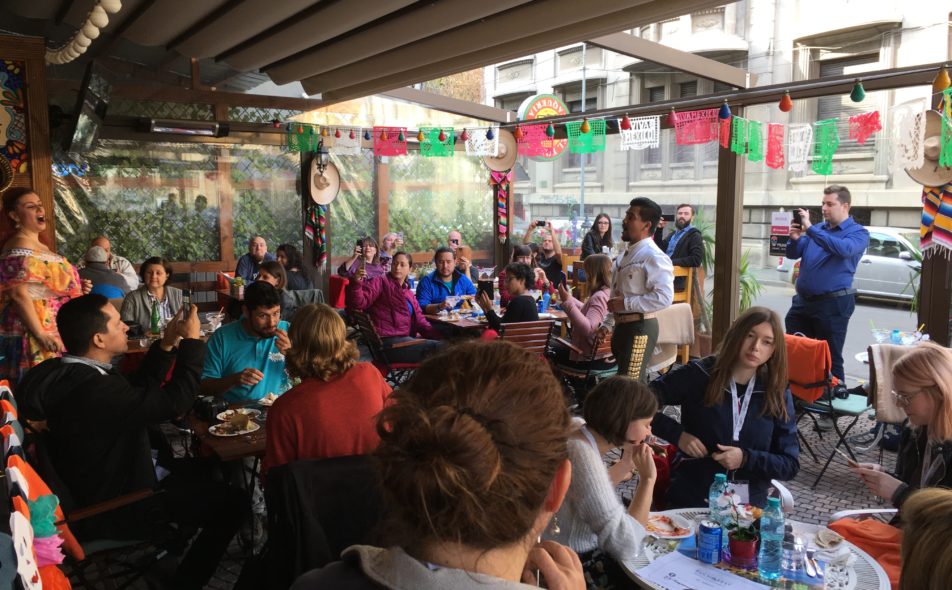
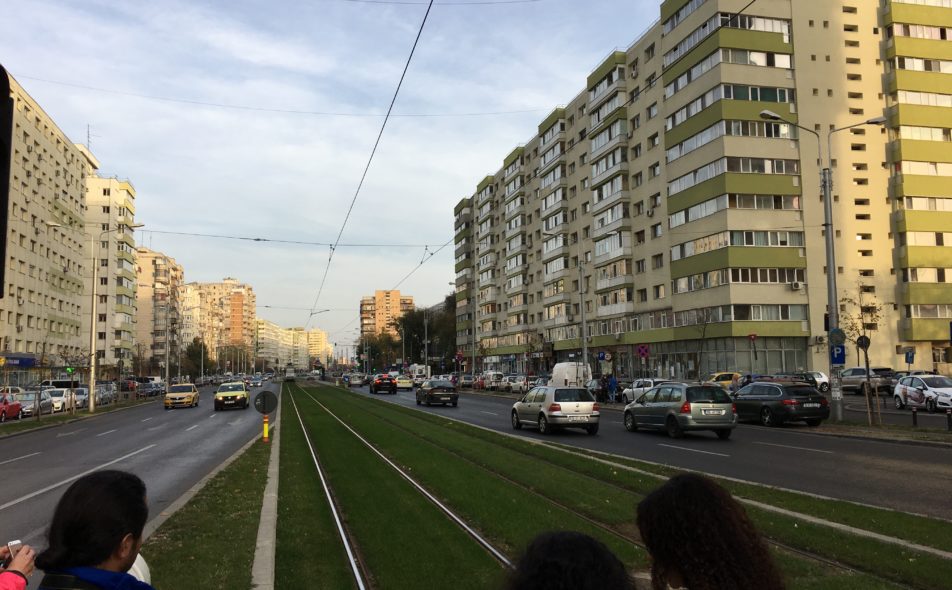
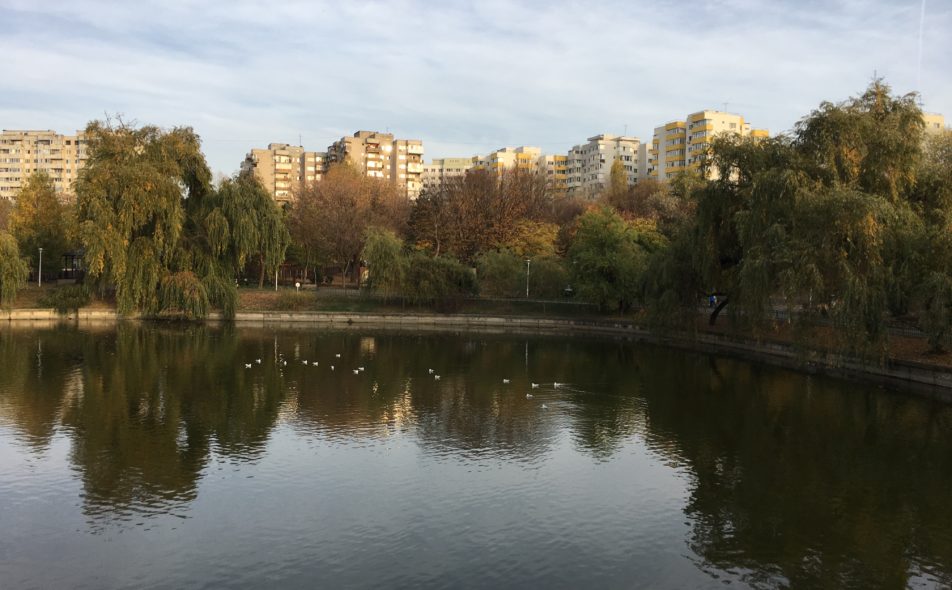
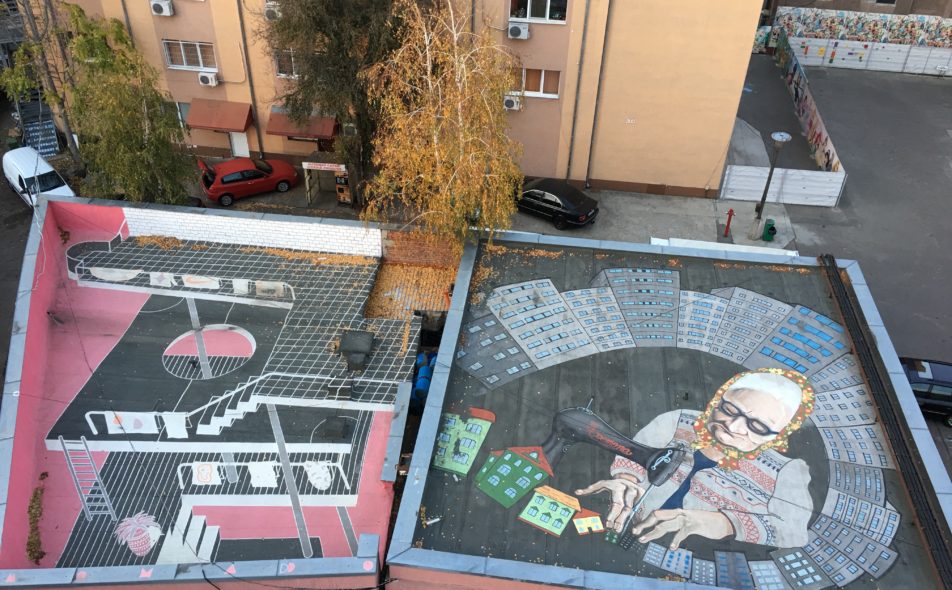
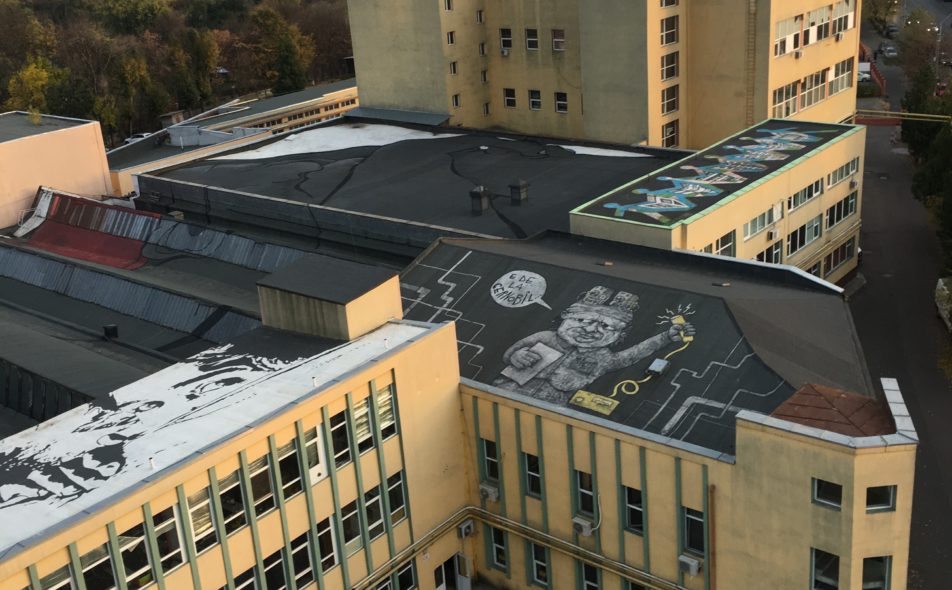
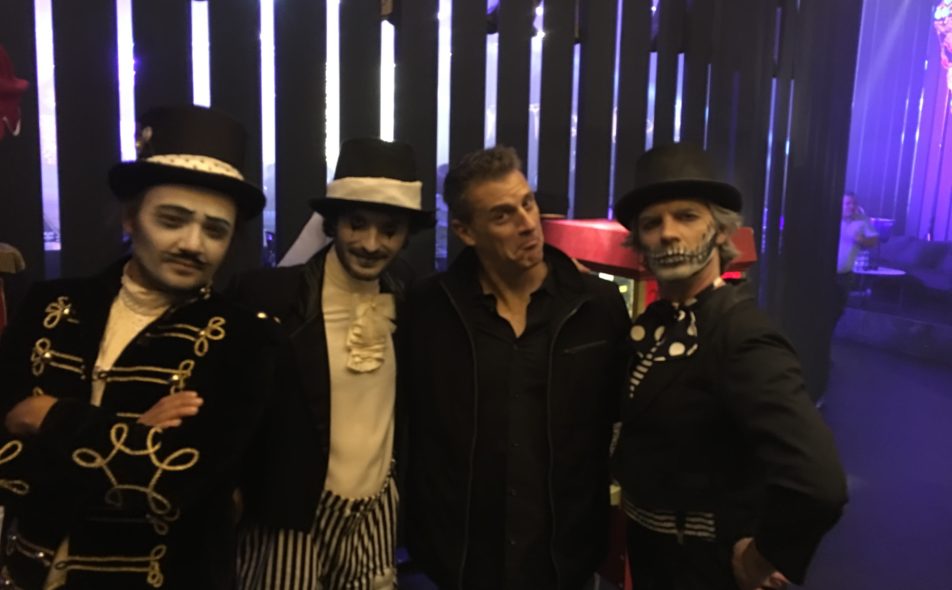
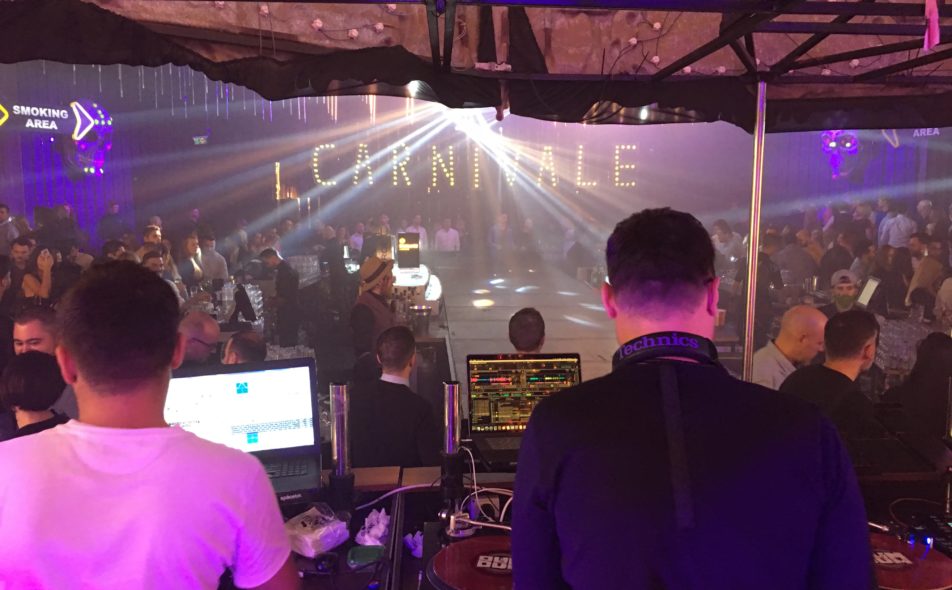
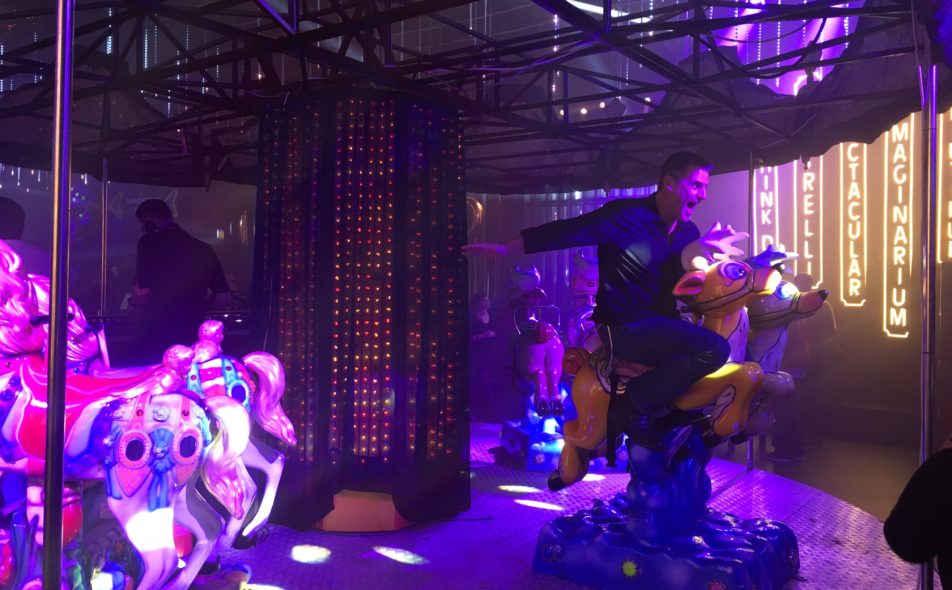
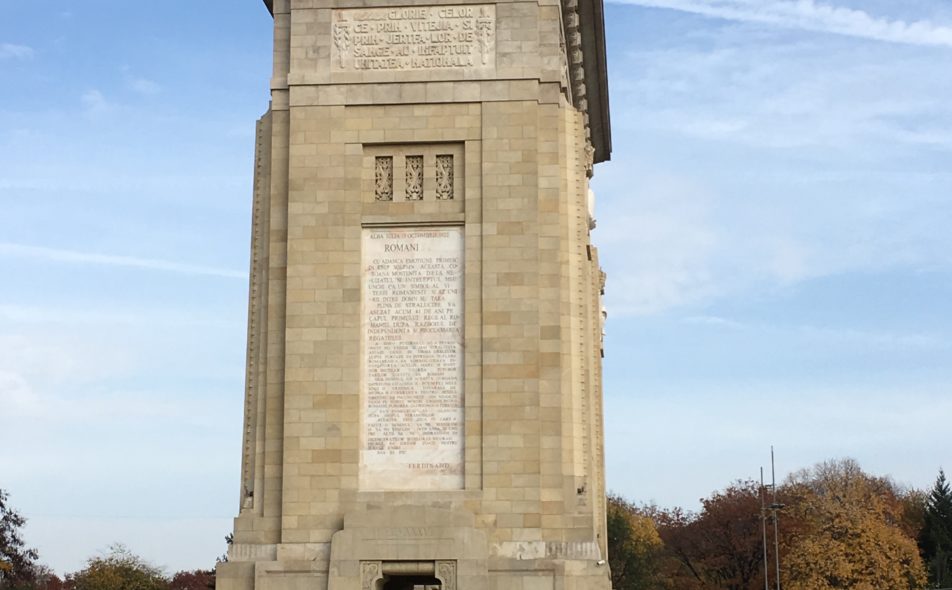
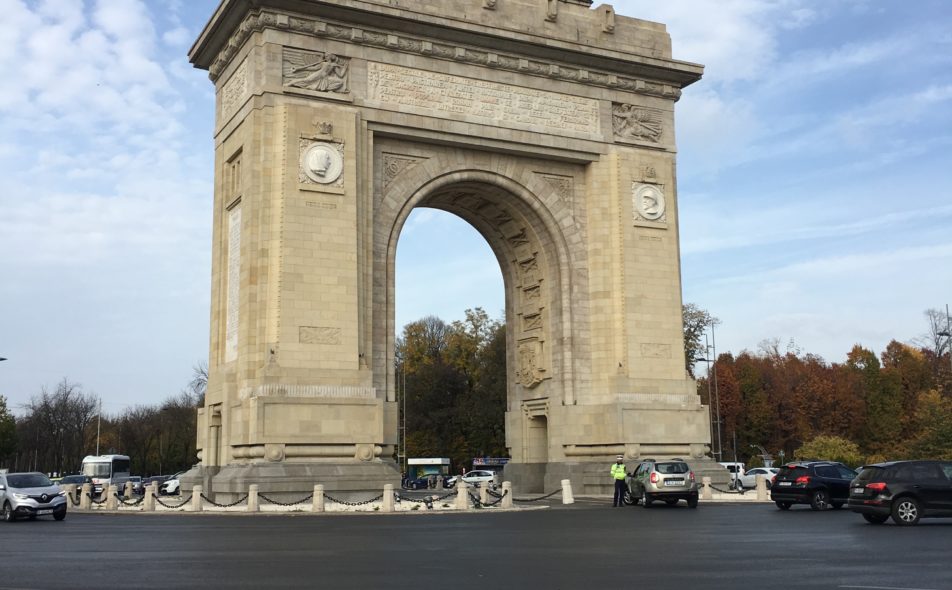
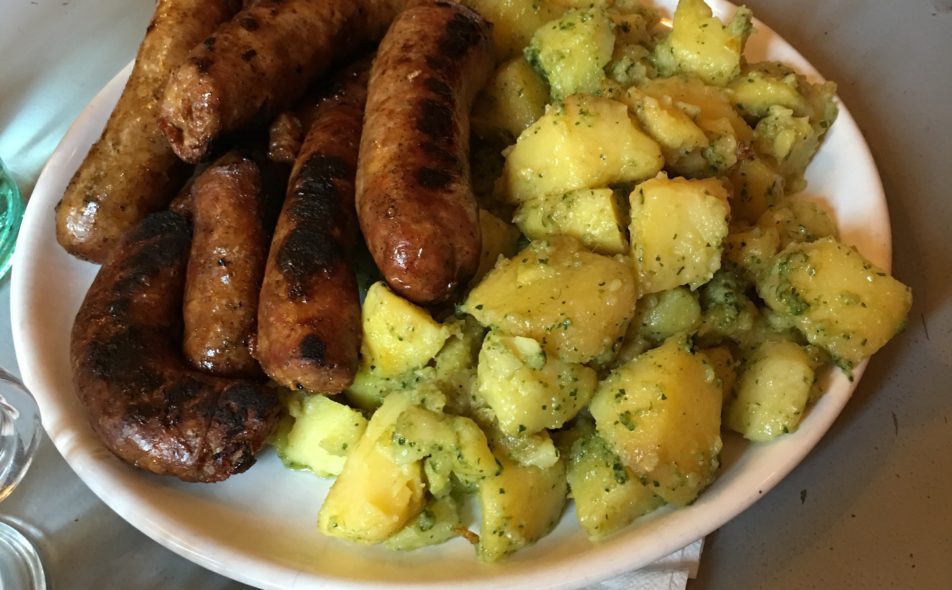
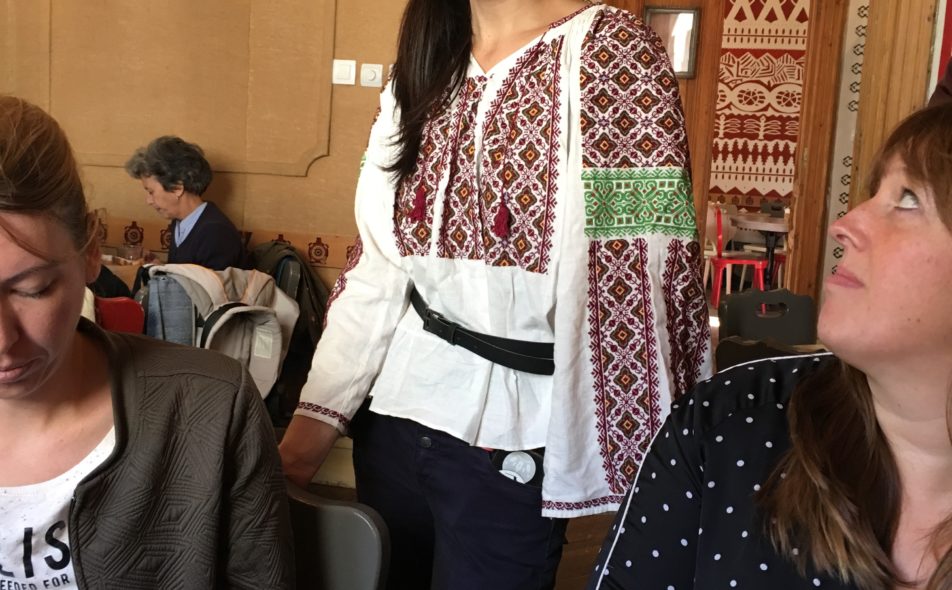
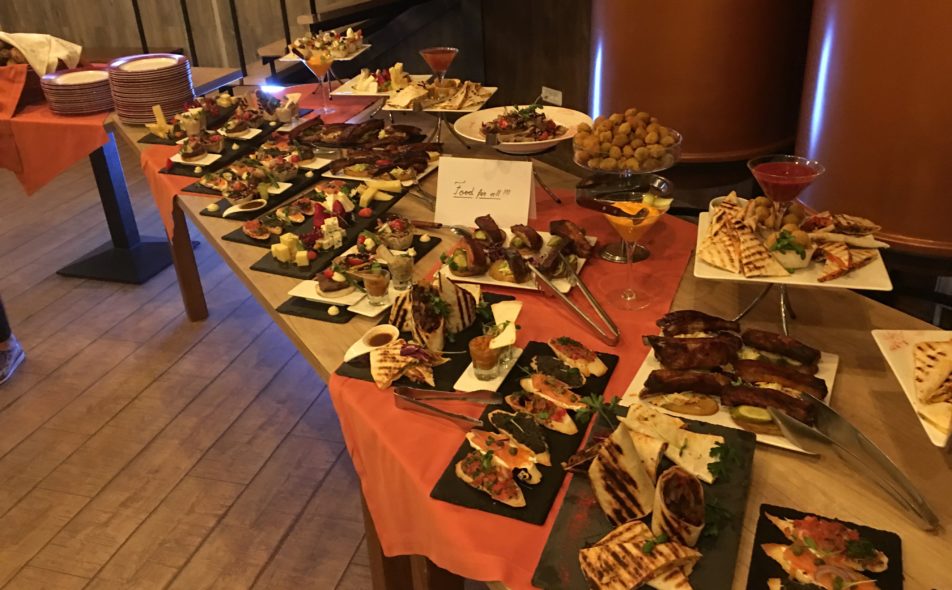
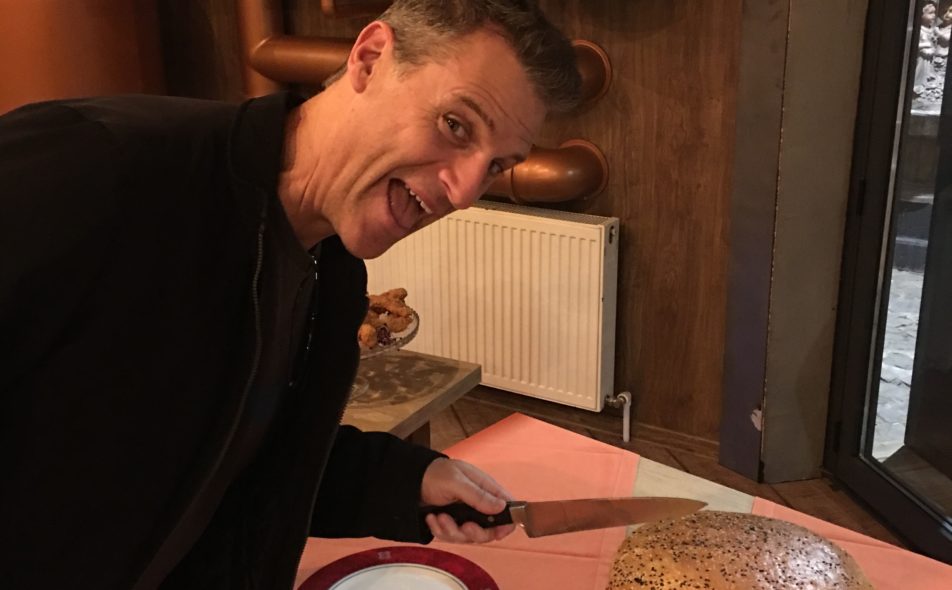
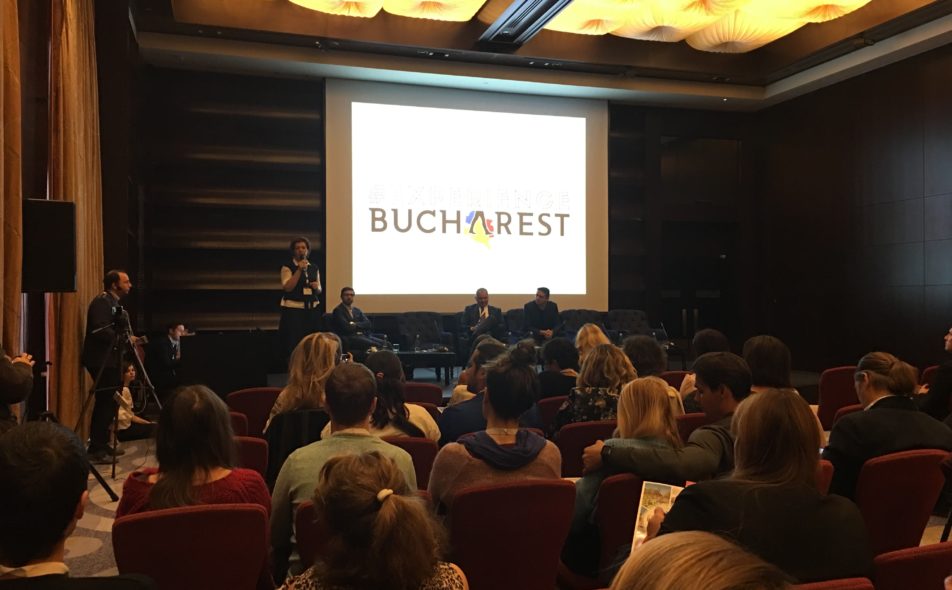
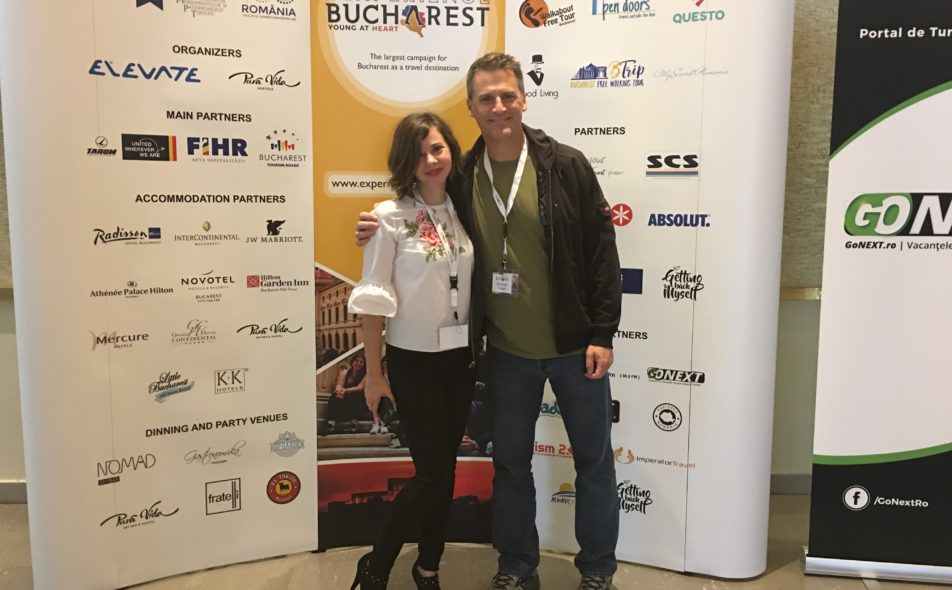
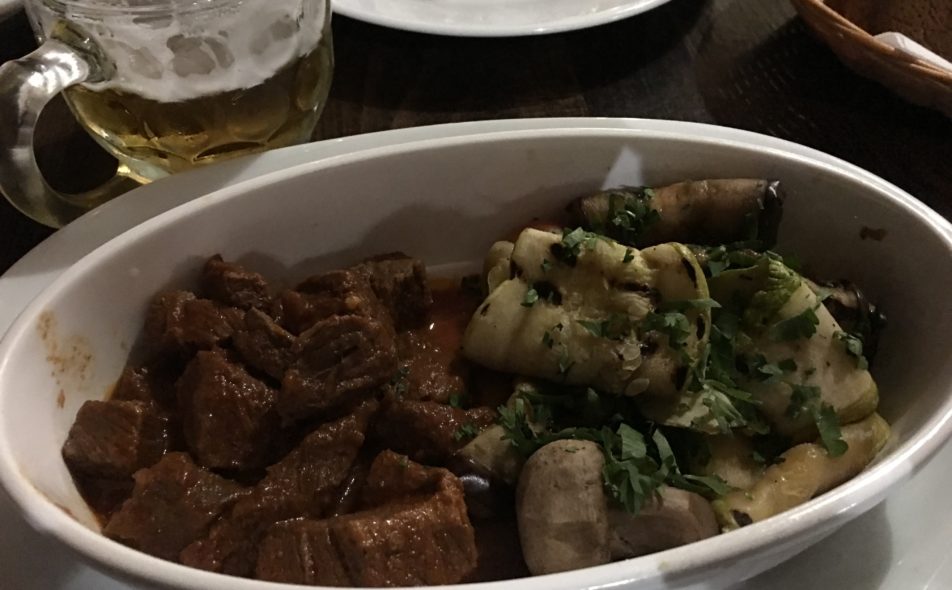
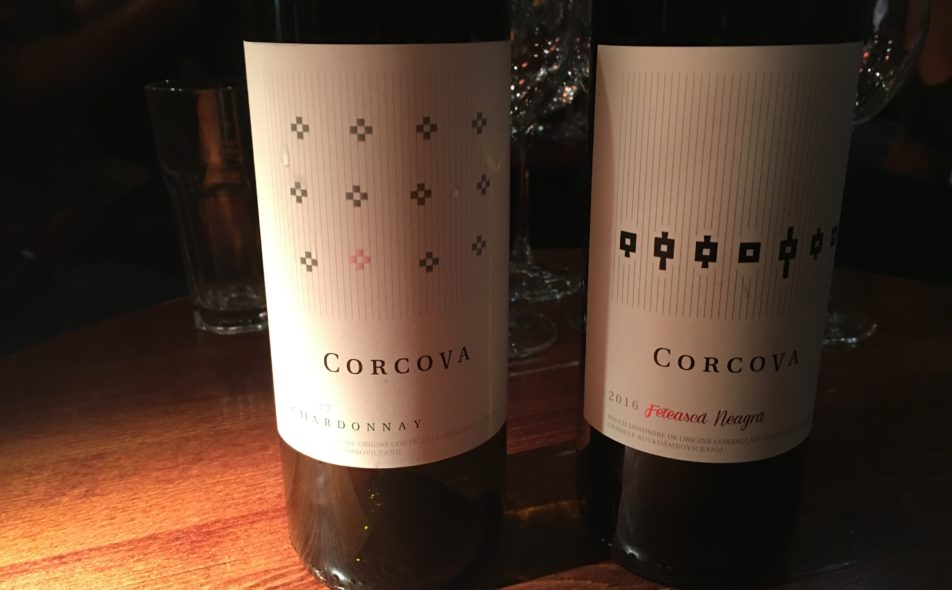
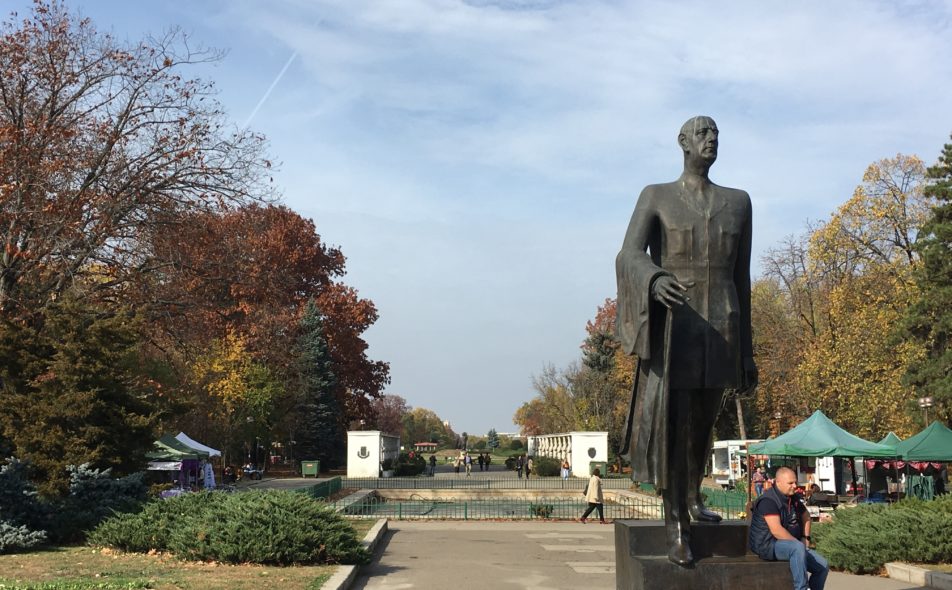
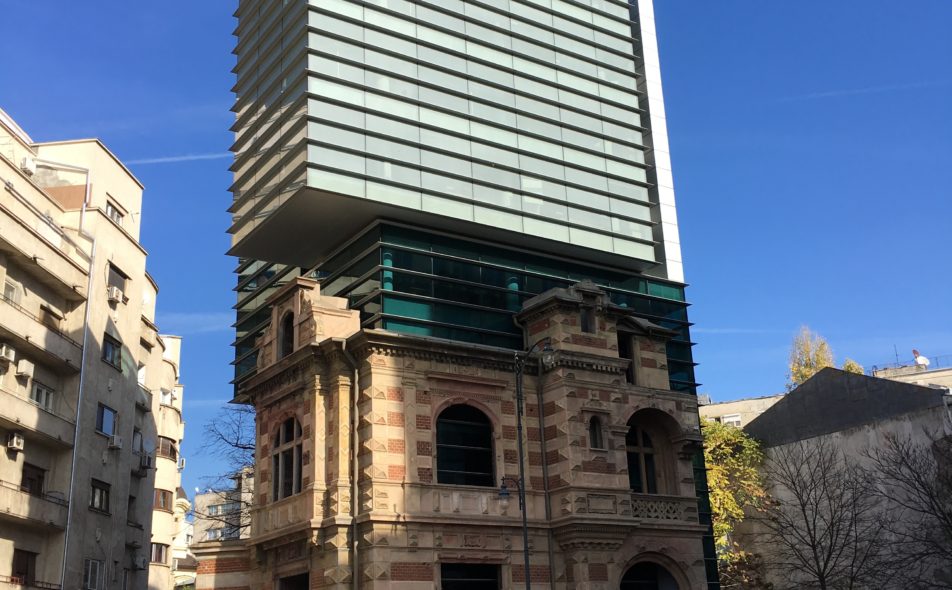
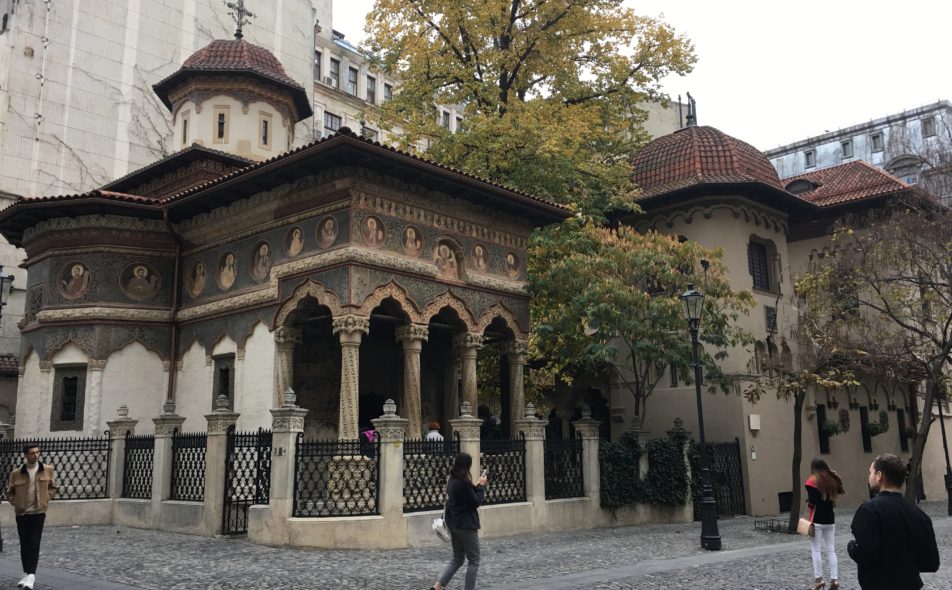
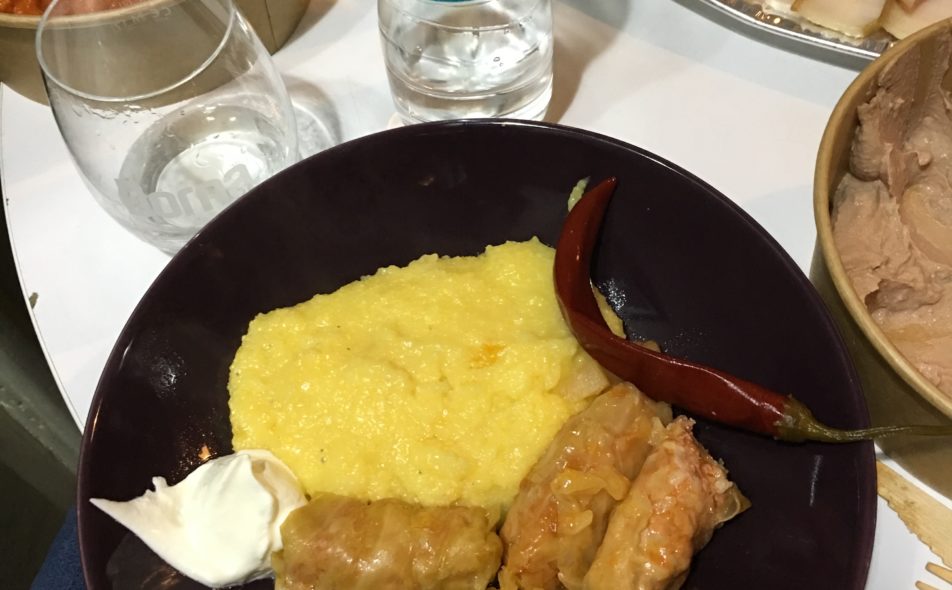
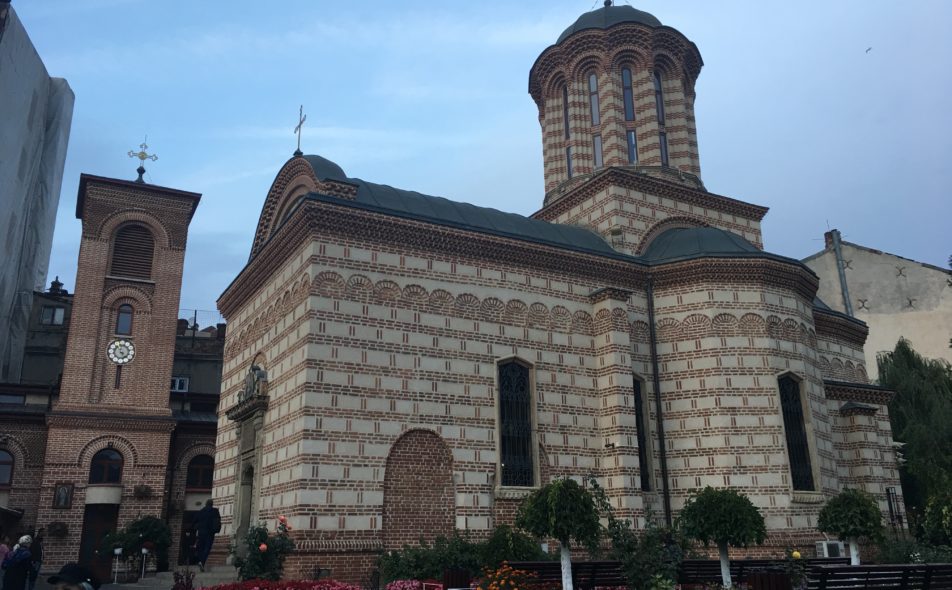
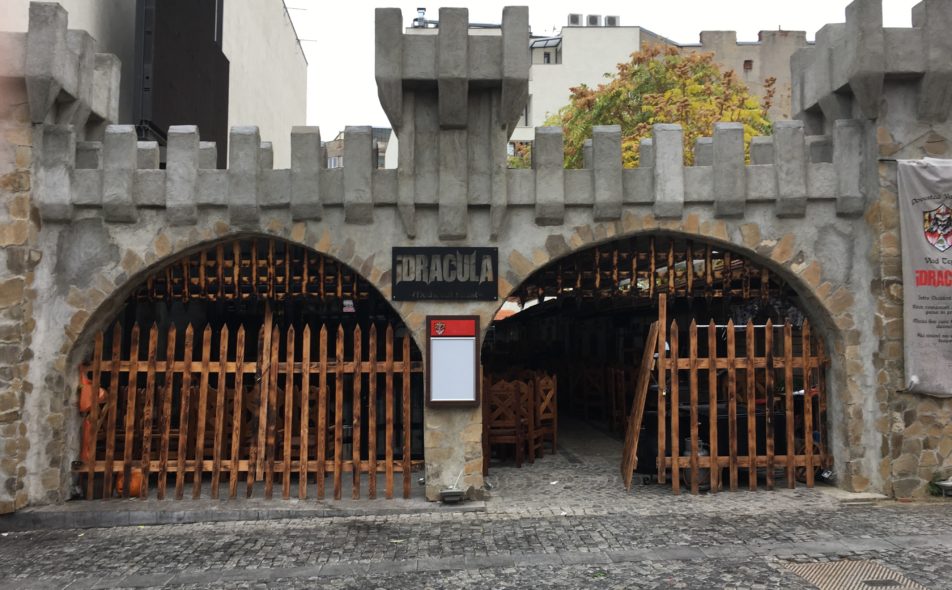

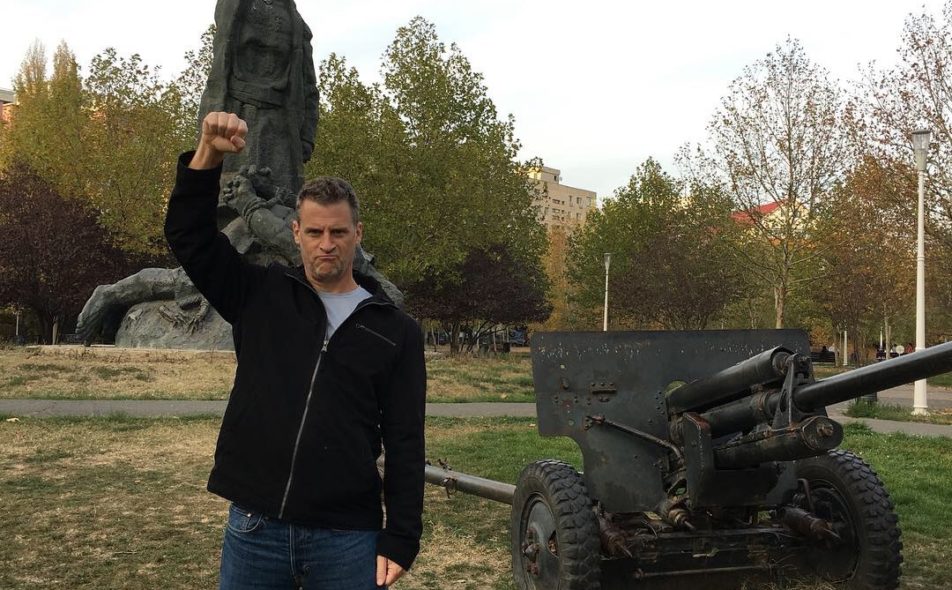
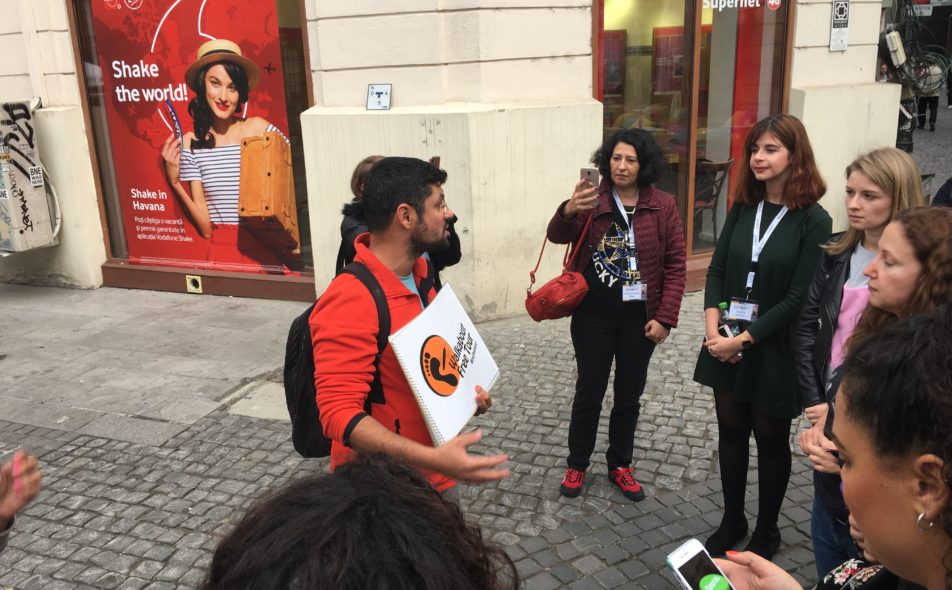
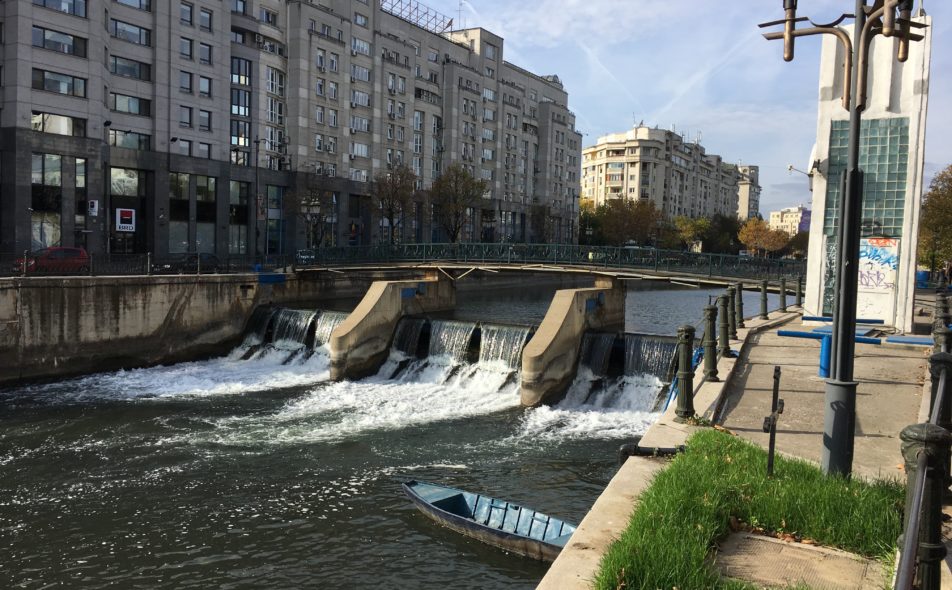
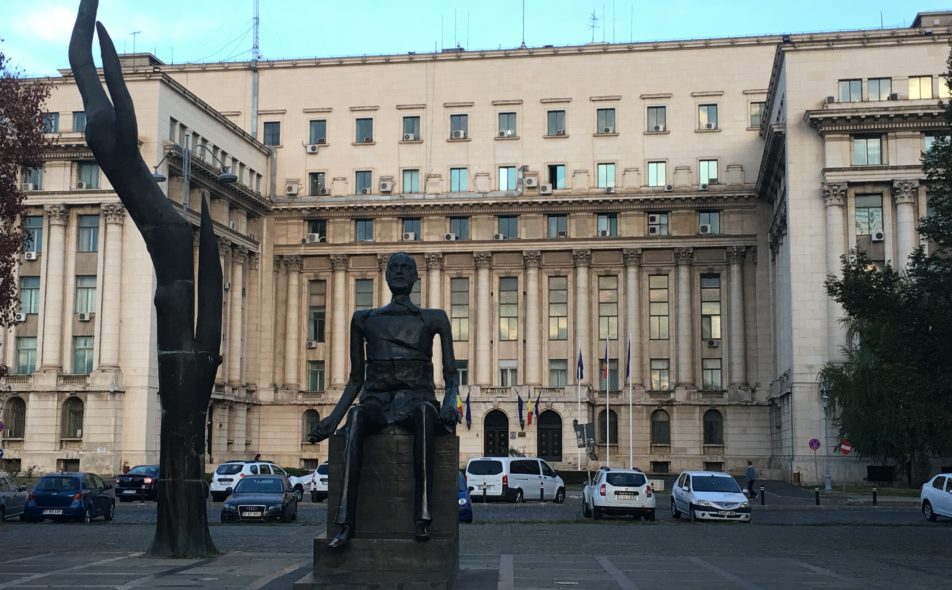
“What do you think of when you think of Romania?”
This question was posed to me by the Uber driver who scooped me up from Bucharest’s Henri Coanda International Airport en route to my comfy room downtown at the Novotel Hotel. I was ashamed to admit that as an American, my immediate thoughts about Romania were limited to Dracula, communism, and Olympic gymnastics champions. Thankfully, he laughed – “That’s what most people think,” he said.
My lack of knowledge about Romania and its people were a key factor in my cashing in some frequent flyer miles and taking part in Experience Bucharest, a four-day gathering of travel professionals and influencers November 2-5 in the nation’s capitol.
Many travelers don’t think of Bucharest as a holiday destination, but in this traveler’s opinion, it’s worth checking out.
Experience Bucharest provided us with a number of tours to choose from over the weekend. On the opening day we were all treated to an introductory tour from Walkabout Free Tours around the Old Town neighborhood. Bucharest is nothing if not a very walkable town, and the compact Old Town is chock full of not only historic buildings, but is also home to numerous bars and restaurants that will keep anyone occupied from the day well into the night.
Our tour guide Stefan was a fountain of knowledge and answered all questions thrown his way. It was a nice way to begin the weekend, and if you’re only going to take one tour during your time in Bucharest, this is a good overview.
The night was capped off indulging in a bit of the Old Town’s nocturnal side by grabbing food and drinks at Nomad, a stylish second-floor restaurant/nightclub with a tasty, eclectic menu
As the night got later and the good-looking dance crowd started to fill up the bar, I took my jet lagged self back to the hotel and left the after-hours partying to the more heartier types.
Stefan led both of the tours I took the following day, sponsored by Open Doors Travel. The morning started out with the Rroma Heritage Tour. The Rroma people (don’t call them Gypsies) first came to the region over a thousand years ago from India and were quickly utilized as slaves and craftsmen. They’ve been an ostracized minority ever since, and we took a tram to the Rroma-operated flower markets in a rougher side of town that most tourists never see.
There are longstanding prejudices and suspicions that surround the Rroma wherever they go, and in an age of mass migration and refugees crossing borders, their story seemed more relevant than ever.
After a pleasant lunch on the patio at El Torito (you can take the man out of Los Angeles, and he’ll still find Mexican food…), my group joined Stefan again for a tour called Real Life In The Neighborhood of Giants.
It started with a quick subway ride to the Pantelimon neighborhood of Bucharest – a traditionally working-class area lined with massive communist-era housing blocks (and as it turned out, Stefan’s home turf).
Stefan explained how the neighborhood has improved over the last 20 years from its rough, industrial roots to a vibrant community, alive with popular parks and street art scene.
Again, it’s a side of town that most tourists would never get to see, and a great peek into the daily lives of locals.
The culture trip deserved a late night of revelry, first at the Pura Vida Sky Bar, then after hours at Fratelli Studios for their Carnivale night.
On Sunday morning, we thankfully were granted a late-morning start with a visit to the Arcul de Triumf, a dead-ringer for Paris’ own
Afterward I learned facts about Romania’s gastronomic heritage provided by Ioana from My Secret Romania tours at La Copac, a traditional Romanian restaurant on the ground floor and garden of a grand old estate. I cleared the hangover fog by eating my weight in delicious local sausages and potatoes.
With a full belly and fighting the meat sweats, I spent Sunday afternoon taking two tours that, though not exactly cheery, provided great lessons and insight into Romania’s 100-year history- the Communism Tour and the Jewish Trail. Yes, Romania as we know it is only 100 years old, formed in the aftermath of WWI, by combining a handful of separate regions. I found both tours fascinating and recommend them highly. For more on these tours, see my accompanying story here.
An afternoon of culture and walking can work up the appetite, and any thoughts of grabbing a light salad at the Hop Garden restaurant were quickly dashed after spotting the huge lamb roasting on a spit outside the entrance and a seemingly endless buffet featuring the largest burger I’d ever seen.
The Hop Garden was a bit out of the way away from the Old Town, but it’s huge outdoor patio is a great place to spend an afternoon with food and drinks.
Come Monday morning, it was time to go to work. We guests gathered along with local business and tourism leaders at the gleaming, modern Radisson Blu Hotel to talk about where Romanian tourism is headed.
And where is it headed? If I and all the other bloggers and influencers I talked to have a say, it will only increase. Bucharest has numerous advantages going for it:
- History and culture. Though Romania may be just 100 years old, the region’s history goes back thousands of years, having been part of the Roman, Ottoman, and Austria-Hungarian empires. It’s inhabitants have included Germans, Hungarians, Rroma, Jews, Christians, Turks, Muslims and on and on. This blending of cultures has combined to create a unique and proud local populace
- .
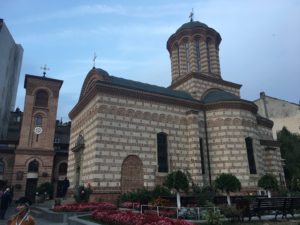
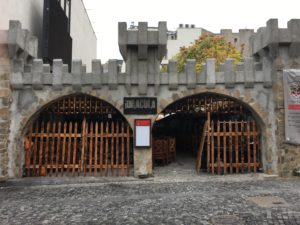
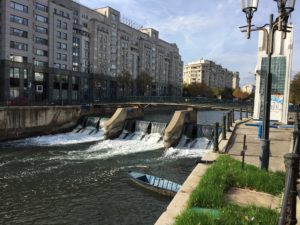
- Cost. Bucharest is very affordable compared to most European cities. I found 4-star accommodations ranging anywhere from $50-100 USD per night. Dinner in a nice restaurant will run approximately $15-25, including wine. A local beer in a pub can be as little as $1.50.
- Food and wine. As you could tell by now, Romania loves it’s meat. The lamb, sausages, and stews were all top-notch, and I was particularly fond of sarmales – rolls of various meats wrapped in pickled cabbage and the closest thing to a national dish. I could have eaten a million of them. Most meat and produce is locally sourced. I was also pleasantly surprised by the local wines I sampled, and to leave without trying them would be a mistake.
- Architecture. Bucharest features textbook examples of old and new, pre-war and post-war, from French baroque and neoclassical to communist utilitarian. There were Byzantine-style synagogues and gothic churches next to mid-century modern apartment buildings. There are also tons of public statues and sculptures on display, and if street art’s your thing, there’s an abundance of graffiti (some funded, most not so much.)
The weekend overall was a good introduction to not only Bucharest but to the country of Romania.
It may not have the tourism infrastructure and budget of say, Prague or Budapest (which people often confuse it with), but it also doesn’t have those cities’ crowds, and for me, that’s a good thing.
Being off the beaten track has helped keep prices down and the oppressive hordes of tourists at bay.
But beware- interest is growing, and now is a perfect time to visit before the secret’s out.






